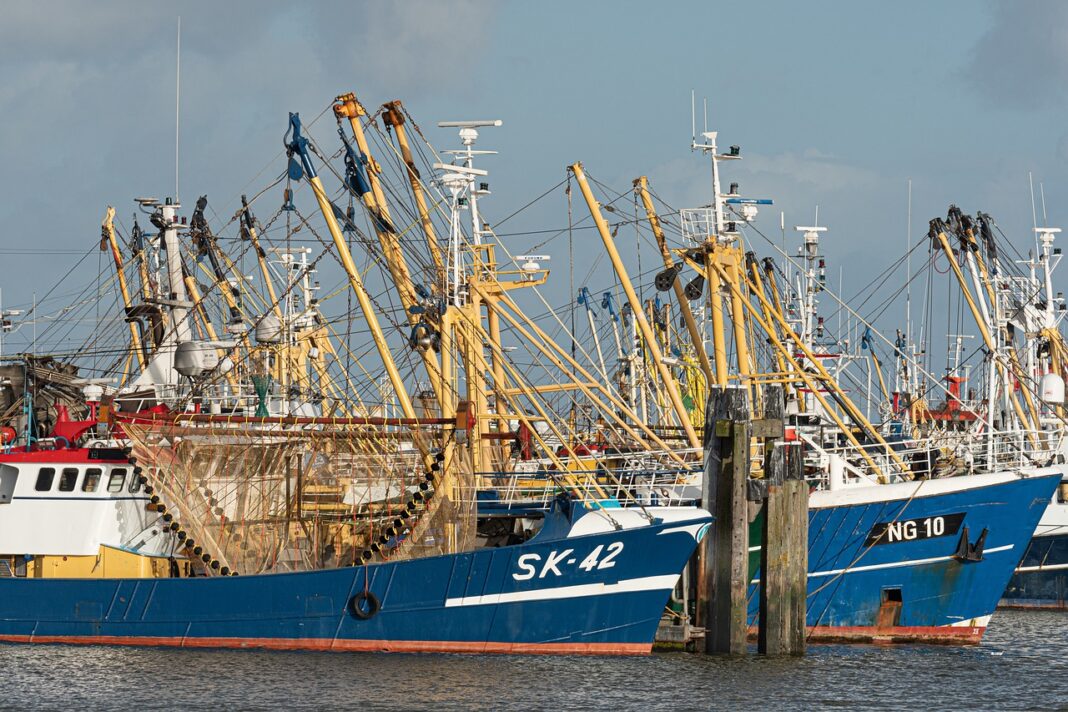By Audrey Beaulieu
In an increasingly connected and globalized world, the age-old oversimplified, but good story of teaching someone to fish has morphed into a global conundrum of overfishing. The game rules are ones where everyone is pressured to build bigger and better fishing boats, equipped with the latest technology to haul in ever-increasing catches.
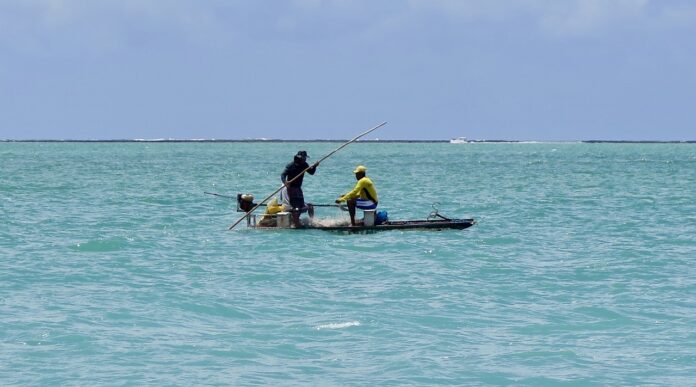
This global push, much like another story international development graduates are taught, the one of the well-intentioned Harvard graduates advising a small-time fisherman to expand his operations, has led to a frenzied race to harvest the seas. Everyone forges ahead, armed with the knowledge and resources to fish more efficiently, cast their nets wider and deeper, mirroring the vision of scaling well above for greater profits many times under the guise of fishing sovereignty.
But in this relentless pursuit, akin to the growing fleet of boats in our story, the once abundant oceans are now being emptied, a stark reminder of the fisherman’s peaceful and simple yet sustainable lifestyle. As we stand at this crossroads, we must ponder, much like the fisherman, whether the pursuit of more is worth the risk of losing what we already have – a thriving, sustainable ocean.
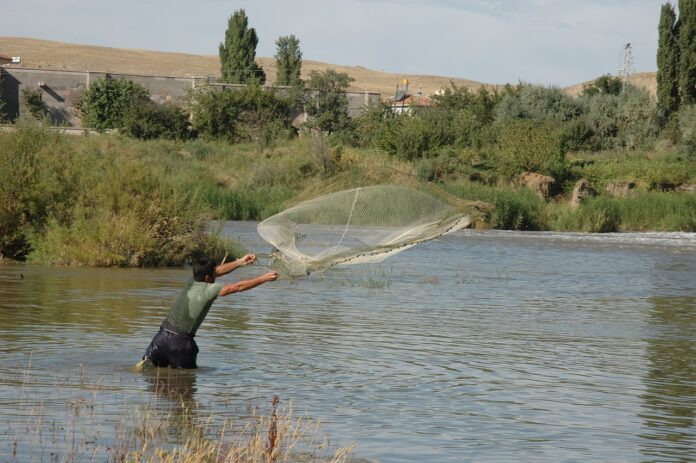
In accordance with SDG 14 – life below water – and the growing inclination towards more sustainable practices, the World Trade Organization (WTO) introduced, in June 2022, the Agreement on Fisheries Subsidies (AFS), an eagerly anticipated legal instrument aiming at reducing human impact on life below water. Narrowed down to twelve articles, the AFS specifically addresses subsidies contributing to illegal, unreported, and unregulated fishing (IUU fishing), subsidies linked to overfished stocks, and other fisheries subsidies deemed harmful to the sustainability of aquatic fauna. Despite being a sincere effort to limit states’ involvement in funding unsustainable practices, the tangible outcome of the long-anticipated negotiations appears somewhat conservative.
To justify its existence, the Agreement will have to constraint the use of capacity-enhancing subsidies and redirect its focus toward the reinforcement of monitoring, control, and surveillance (MCS) mechanisms.
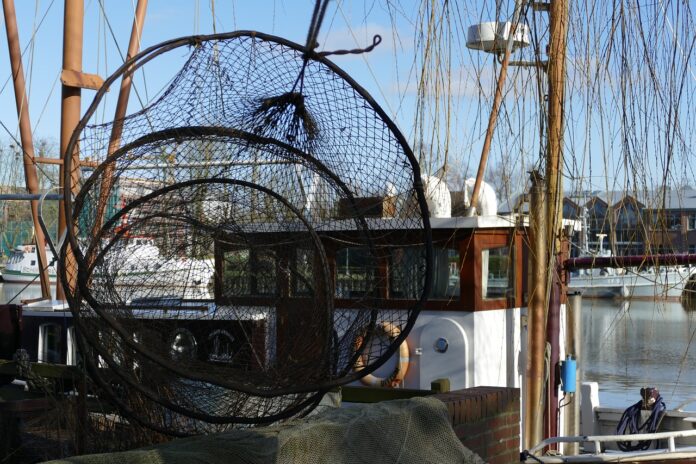
Fisheries Subsidies
Annually, countries invest billions of dollars in financial contributions to the fisheries sector. Despite the prevalence of fisheries subsidies, there is currently no universally recognized categorization, leading various organizations and academics to employ their own. For the purposes of this article, the classification proposed by Sumaila and al. (2019), as it distinguishes subsidies based on their long-term impact on the marine ecosystem, will be used. This framework divides fisheries subsidies into three groups:
- Beneficial subsidies, defined as “investments in the promotion of fishery resource conservation and management”;
- Capacity-enhancing subsidies, defined as “programs that currently, or have the potential to encourage fishing capacity to develop to a point where resource exploitation exceeds the maximum sustainable yield, effectively resulting in the overexploitation of natural assets”, and;
- Ambiguous subsidies or “subsidies [having] the potential to lead to either sustainable management or overexploitation of the fishery resource”.
It is important to note that the AFS specifically addresses capture production and does not cover subsidies related to aquaculture or inland freshwater fisheries.
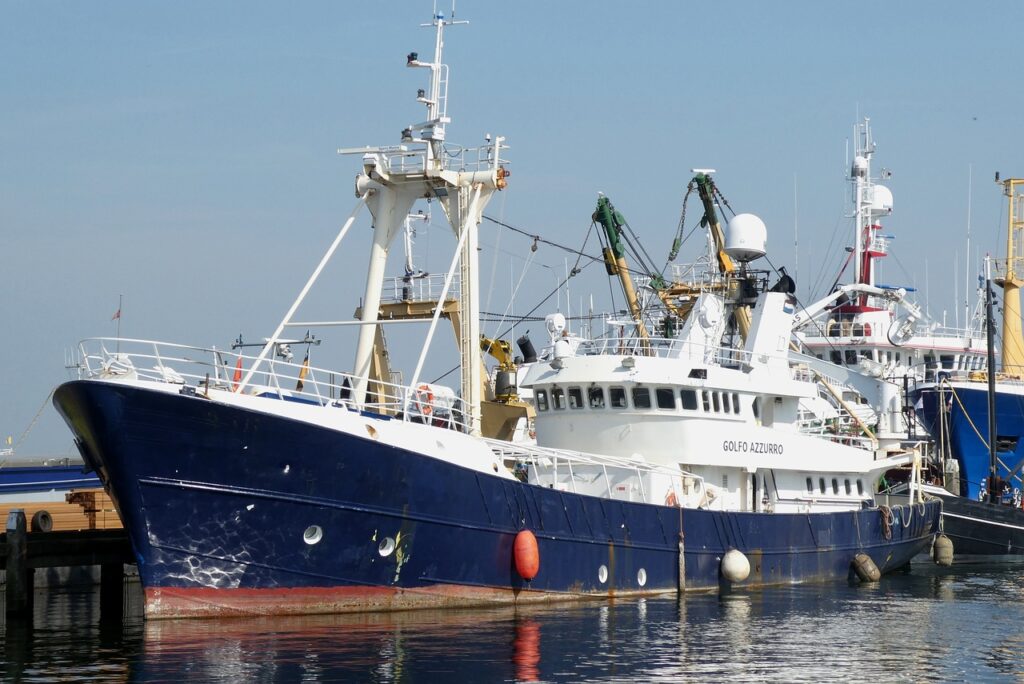
Capacity-enhancing subsidies
Overfishing and overcapacity are well-recognized challenges in the fisheries sector. According to the 2022 FAO report, The State of World Fisheries and Aquaculture, “it is estimated that up to 35 percent of the global fisheries and aquaculture production is either lost or wasted every year” (FAO, 2022b). The report mainly attributes these losses to inefficiencies in value chains, a trend that has remained consistent over time.
In 2009, the World Bank highlighted the consequences of global fleet overcapacity, estimating a yearly gap of approximately $50 billion between potential and actual net economic benefits from marine fisheries (World Bank, 2009). In the subsequent “The Sunken Billions Revisited” report in 2017, this figure was revised to $83.3 billion in 2012 (World Bank, 2017). In parallel, market projections indicate an expected production of around 203 metric tons in 2031, while demand during the same year is estimated at approximately 183 metric tons (OECD & FAO, 2022). To sum it all up, supply already exceeds demand, and we need to learn to manage what we already produce before thinking about producing more.
As Mr. Abdul Hakim Elwaer, Assistant Director General UN-FAO Near East and North Africa said, “there is more than enough food produced in the world to feed everyone on the planet’’.
Yet, fisheries subsidies reached $35.4 billion in 2018, with about 60% considered capacity-enhancing subsidies. While understanding Members’ interest in investing in their national fleet to remain competitive in the global market, these numbers emphasize the need of limiting (or even prohibiting) capacity-enhancing subsidies.
However, determining the limits to be imposed on Members represents a meticulous task. For instance, a complete prohibition of capacity-enhancing subsidies for all Members, including those making minimal contributions to global marine capture production, would be impractical. Numerous proposals from various Members have been put forward, suggesting that a consensus representing all Members’ positions can certainly be achieved.
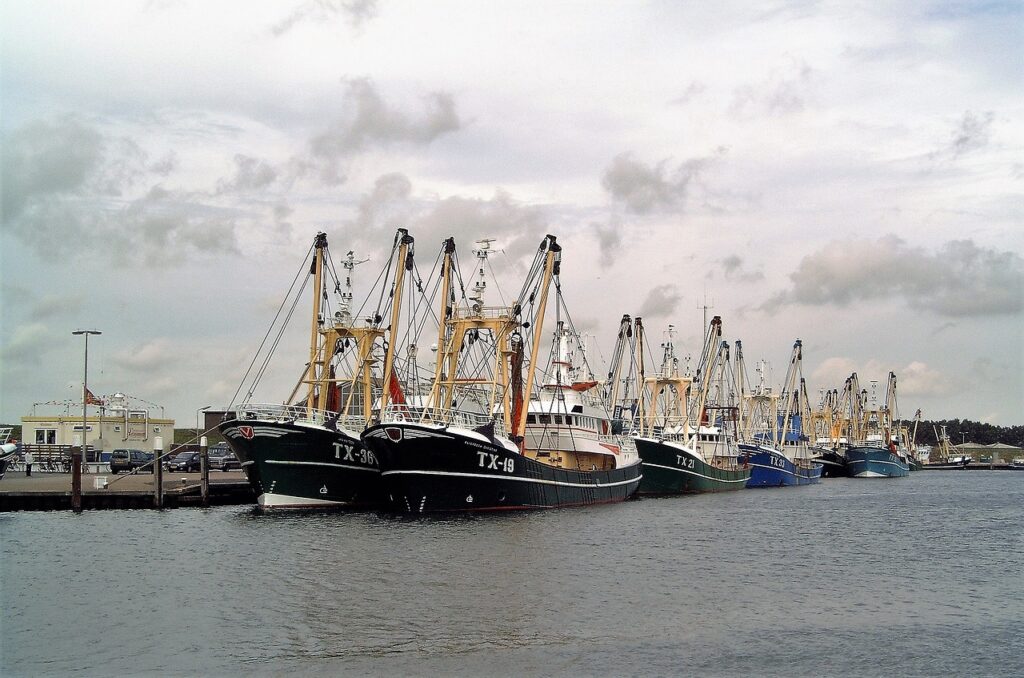
Finding a common ground
In a recent publication, Sumaila & al. (2022) provided a comprehensive overview of proposals made by Members. Commonalities in the proposals, namely the regulation of subsidies contributing to IUU fishing and the fishing of overfished stocks, have found their way into the initial draft of the Agreement.
Regarding IUU fishing, which accounts for more than 30% of all fishing activities worldwide (Government of Canada, 2021), the keystone of an effective agreement will be the reinforcement of monitoring, control, and surveillance (MCS) mechanisms of Member States. To ensure effective and low-cost MCS mechanisms, regional cooperation, which has proven to be efficiently working, should be the watchword. Case in point, the South Pacific Forum Fisheries Agency Global, recognized as “the most productive tuna fishing grounds in the world”, has successfully employed strategies like regional sharing of enforcement costs and sharing catch and compliance information (Bergh & Davie, 2009). On a global level, the Global Record of Fishing Vessels, Refrigerated Transport Vessels, and Supply Vessels, primarily aiming at combating IUU fishing, is an attempt at making easily available certified data from State authorities about vessels and vessel-related activities.
Besides, practices related to flag identification, such as flags of convenience, which are intimately linked to IUU fishing, should face stricter regulations. In a draft agreement published in June 2021, section 5.4 stated that “no Member shall grant or maintain subsidies for a vessel not flying the flag of the subsidizing Member” (WTO, 2021). However, in the latest version of the Agreement, this section was replaced with more lenient language in section 5.2, stating that “a Member shall take special care and exercise due restraint granting subsidies to vessels not flying that Member’s flag”.
The well-known and documented relationship between the use of flags of convenience and IUU fishing was highlighted in a 2017 study by the INTERPOL, revealing that 82.2% of assessed vessels engaging in IUU fishing were using a flag of convenience (INTERPOL, 2017). Therefore, a step backwards with the reintegration of section 5.4 is called for. Being aware of such a relationship and allowing Members to subsidize vessels not carrying their flag amounts to supporting these illegal activities.
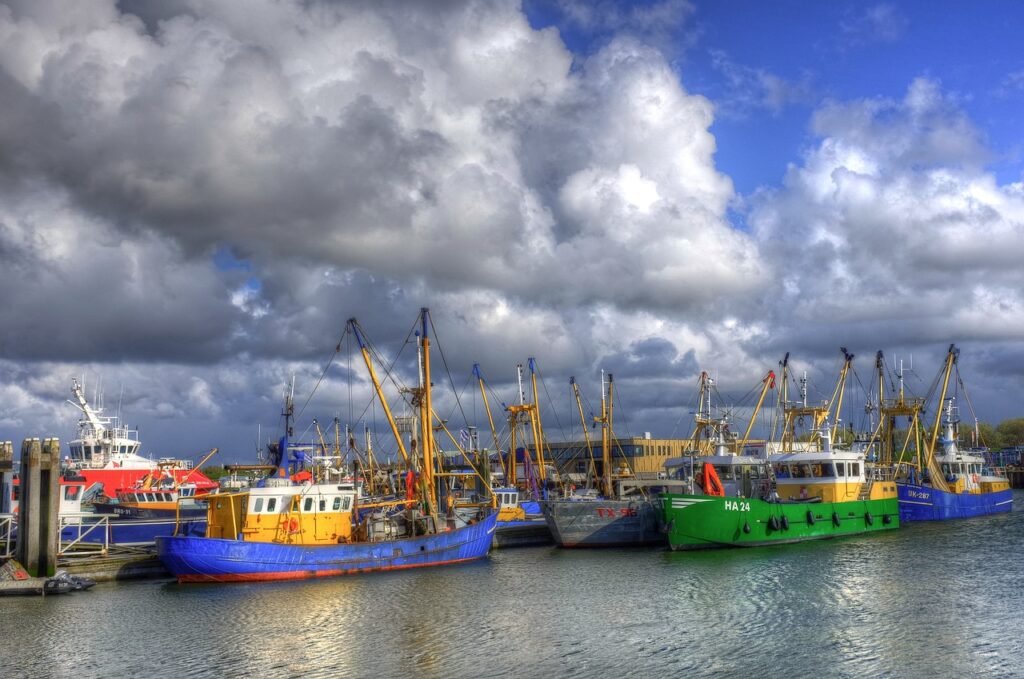
As for overfished stocks, article 4 of the Agreement currently grants full responsibility to the relevant State or RFMO/A to determine whether a stock is being overfished based on “the best scientific evidence available to it”. Essentially, the implementation heavily relies on Members’ willingness to cease subsidizing activities contributing to overfishing. A more effective approach to implementing such practices would have involved establishing an objective and universally applied definition of what constitutes an overfished stock. Maximum sustainable yield (MSY), defined as “the maximum catch (in number or mass) that can be removed from a population over an indefinite period” (Maunder, 2008) is widely recognized and used within the scientific community and could serve as a solid starting point for the objective definition of an overfished stock within the context of the Agreement.
In parallel, numerous Members have shown their interest in taking a more assertive stance in reducing capacity-enhancing subsidies (or those contributing to overcapacity). Despite various suggestions as to how this should be put into application, many Members seem to have opted for a cap-based approach. Notably, a proposal jointly crafted by Argentina, Australia, the United States, and Uruguay proposes a classification of Members based on their contribution to global marine capture production (WTO, 2019). According to SubsidyExplorer findings, a tool developed to measure and compare proposals made by Members, this proposal stands out as one of the most effective in terms of biomass changes and revenue increase.
The proposal suggests dividing Members into three tiers, each obligated to set a monetary cap on fisheries subsidies. Members in the first tier, contributing to 0.7% or more to global marine capture production, would negotiate individual “subsidy caps” or accept a default annual cap of $50 million if historically known for low or no subsidies. Members in the second tier, contributing to over 0.05% but less than 0.7% of global marine capture production, would similarly negotiate a cap or adhere to the $50 million limit. Finally, Members in the last tier, contributing to less than 0.05% to global marine capture production, would not be obliged to set a cap.
While the proposal stands out as the most logical, effective, and realistic, there is still merits in considering potential refinements to enhance its efficacy. To incentivize Members to continue investing in beneficial subsidies and prevent disparities among Members, the imposed cap should be a percentage of their total monetary investment in fisheries subsidies. Therefore, if a Member wishes to increase the monetary value of their capacity-enhancing subsidies, they will need to raise the overall monetary value of their fisheries subsidies, inevitably boosting their investment in beneficial subsidies and mitigating the adverse effects of capacity-enhancing subsidies.
This approach reduces capacity-enhancing subsidies while creating an incentive for increased investment in beneficial subsidies. For instance, Members in the first tier could commit to a capacity-enhancing subsidies ceiling rate of 20%, those in the second tier to 30%, and Members in the last tier would have no cap. The idea of setting caps based on a percentage instead of a fixed monetary amount is not a novel idea by any means, rather one that has been researched, reflected on and proposed by no other than by the most important contributor to global marine capture (17% of global marine capture), a country whose capacity-enhancing subsidies accounted for 80% of their total fisheries subsidies granted in 2018, China. This only demonstrates merits of cooperation and the recognition of all Member proposals’ strengths.

Final note
The eagerness to shift towards sustainable practices is evident. However, upon examining the Agreement, there seems to be a hesitancy among states to take the plunge (no pun intended). The measures implemented to address IUU fishing and the depletion of overfished stocks are commendable, yet they will need to be more stringent for substantial and lasting positive changes. Addressing overfishing and overcapacity must be the first item on the list at the next Ministerial Conference.
The cap-based approach, favored by numerous Members, proves to be an effective method for attaining results that are both environmentally and economically beneficial. This approach ensures equitable outcomes without hampering countries’ competitiveness in the global market and, akin to the insightful narrative of the Harvard graduates and the fisherman, invites reflection on the profound philosophy of equilibrium in our collective journey towards global sustainability.
About the author:
Audrey Beaulieu is a Canadian legal professional. She holds a bachelor’s degree in international development, a licentiate in civil law, and a Juris Doctor. While currently pursuing an MBA, she specializes in the intersection of agriculture and international trade.
With experience at the Supreme Court of Canada and contributions to humanitarian projects in Latin America with Lawyers without Borders Canada, Audrey seamlessly integrates legal expertise with a strategic business approach in her current role within the legal department of a national acquisition company.
Bibliography
Food and Agriculture Organization of the United Nations. (2022). Global fisheries and Aquaculture at a Glance. https://www.fao.org/3/cc0461en/online/sofia/2022/world-fisheries-aquaculture.html (January 24, 2024)
World Trade Organization. (1995). Agreement on Subsidies and Countervailing Measures.
https://www.wto.org/english/docs_e/legal_e/24-scm.pdf
Sumaila & al. (November 2019). Updated estimates and analysis of global fisheries subsidies.
https://www.sciencedirect.com/science/article/pii/S0308597X19303677
Sumaila & al. (June 3, 2022). SubsidyExplorer: A decision-support tool to improve our understanding of ecological and economic effects of fisheries subsidies – S1 Appendix. https://journals.plos.org/plosone/article?id=10.1371/journal.pone.0265829
The World Bank. (2009). The sunken Billions – The Economic Justification for Fisheries Reform. https://documents1.worldbank.org/curated/en/656021468176334381/pdf/476060PUB0Sunk101Official0Use0Only1.pdf
The World Bank (2017). The sunken Billions Revisited – Progress and Challenges in Global Marine Fisheries. https://openknowledge.worldbank.org/server/api/core/bitstreams/d6ac5090-673e-5d7b-a4ba-92e05c7f830b/content
Organization for Economic Cooperation and Development (OECD) & Food and Agriculture Organization of the United Nations. (2022). Agricultural Outlook 2022 -2031 – Fish. https://www.fao.org/3/CC0308EN/Fish.pdf
Government of Canada (July 7, 2021). Government of Canada continues fight against Illegal, Unreported and Unregulated Fishing. https://www.canada.ca/en/fisheries-oceans/news/2021/06/government-of-canada-continues-fight-against-illegal-unreported-and-unregulated-fishing.html
Bergh, E. & Davie, S. (September 2009). Chapter 8: Fishery Monitoring, Control, and Surveillance. https://www.fao.org/3/y3427e/y3427e0a.htm#bm10.1
World Trade Organization. (June 30, 2021). Negotiating Group on Rules – Fisheries Subsidies – Revised Draft Consolidated Chair Text. https://docs.wto.org/dol2fe/Pages/SS/directdoc.aspx?filename=q:/TN/RL/W276R1.pdf&Open=True
INTERPOL. (2017). Chasing Red Herrings – Flags of Convenience, Secrecy and the Impact on Fisheries Crime Law Enforcement. https://www.google.com/url?sa=t&rct=j&q=&esrc=s&source=web&cd=&ved=2ahUKEwjStJ65tPSDAxVehIkEHbPoAe4QFnoECBYQAQ&url=https%3A%2F%2Fwww.interpol.int%2Fcontent%2Fdownload%2F5146%2Ffile%2FChasing%2520Red%2520Herrings%2520Report.pdf&usg=AOvVaw3Q7tiOB3oDp736vA4mu9lo&opi=89978449
World Trade Organization. (July 11, 2019). A Cap-Based Approach to Addressing Certain Fisheries Subsidies – Submission of Argentina, Australia, the United States and Uruguay. https://docs.wto.org/dol2fe/Pages/SS/directdoc.aspx?filename=q:/TN/RL/GEN197R2.pdf&Open=True
World Trade Organization. (June 4, 2019). A Cap-Based Approach to Address Certain Fisheries Subsidies that Contribute to Overcapacity and Overfishing – Communication from China.

